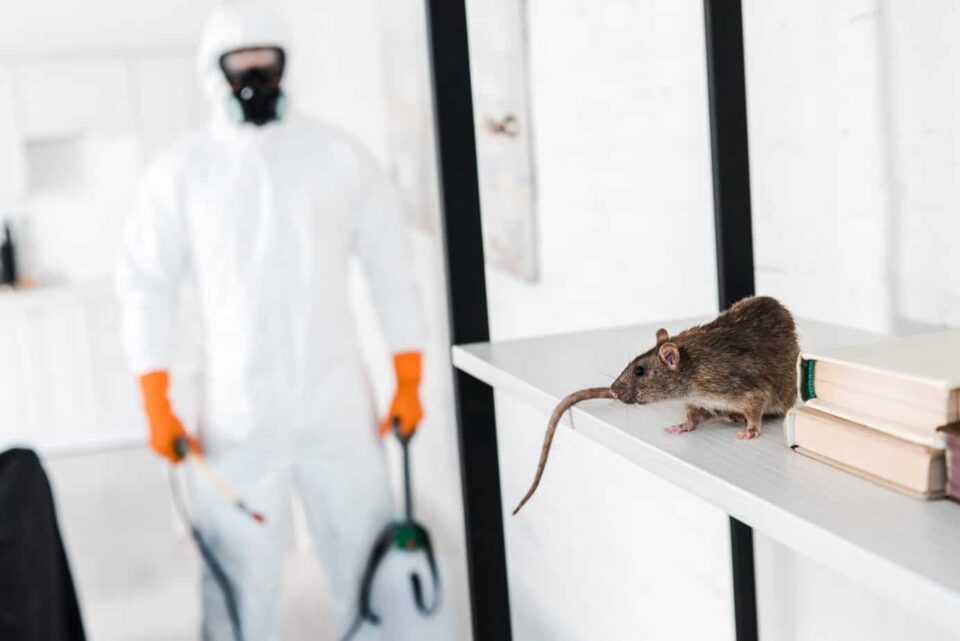Rodent control needs strategic planning, suitable equipment, and knowledge of rodent behavior. Whether dealing with mice, rats, or other rodent species, homeowners and businesses frequently confront difficulties in efficiently trapping these elusive creatures. In this guide, we’ll look at some successful rodent-catching methods and strategies.
From basic snap traps and adhesive boards to humane live traps and electronic gadgets, each method has advantages and disadvantages. Understanding the strengths and limitations of various trapping methods, as well as customizing strategies to specific rodent species and settings, can help you catch rats and reclaim your space more effectively. Let’s have a look at ways to get rid of rodents and how to use effective techniques to manage rodent infestations.
Where to start?
Before setting traps, it’s essential to understand rodent behaviour. Rodents, like mice and rats, are creatures of habit. They prefer to travel along walls, seeking food and shelter. Identifying these runways is vital in placing your traps strategically.
What Traps Should I Use?
There are several options for traps, each with its advantages:
- Snap Traps: These classic traps are readily available and easy to use. Tip: Place them perpendicular to the wall, with the bait end closest to the wall.
- Glue Boards: These non-lethal traps capture rodents with a strong adhesive. Tip: While effective, they can be messy and complicated to remove the rodent.
- Electronic Traps: These traps humanely kill rodents with an electric shock. Tip: These traps are more expensive but can be more efficient, especially when dealing with a more significant infestation.
How to Attract the Rodents?
The right bait can make all the difference. Rodents have a strong sense of smell, so choose baits with enticing aromas:
- For Mice: Peanut butter, chocolate, or even pet food can be effective.
- For Rats: Stronger scents like cured meats, fish, or bacon can work well.
Trapping Tips for Success:
- Multiple Traps are Key: Remember to consider a rodent’s determination. Place several traps, spaced 2-3 feet apart, along identified runways.
- Location is Everything: Focus on areas with high rodent activity, like behind appliances, under cabinets, or near entry points.
- Think Like a Rodent: Rodents prefer dark, enclosed spaces. Create a tunnel effect using a box around the trap, with entry holes on each side.
After Trapping: Prevention is Key
While trapping is effective, preventing a rodent infestation is even better. Here are some steps you can take:
- Seal Entry Points: Inspect your home for cracks, holes, or gaps around pipes and wires. Seal these openings with caulk or steel wool to prevent entry.
- Sanitation is Crucial: Keep your home clean and free of crumbs or spills. Store food in sealed containers and dispose of garbage regularly.
- Eliminate Hiding Spots: Minimize clutter, especially near walls and under furniture. This reduces potential nesting areas.
Conclusion
By following these tips and combining trapping with preventative measures, you can effectively address a rodent problem in your home. Remember, a clean and sealed environment is the best defence against unwanted furry guests. You can reclaim your home and enjoy peace of mind with persistence.

